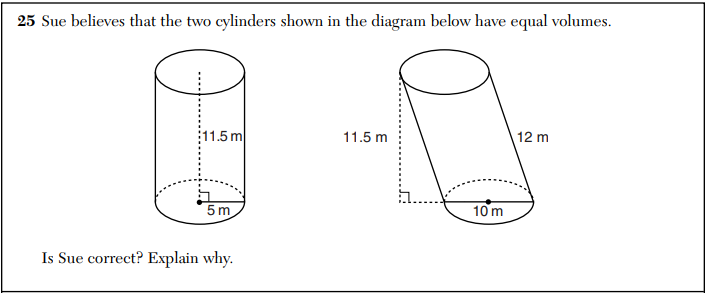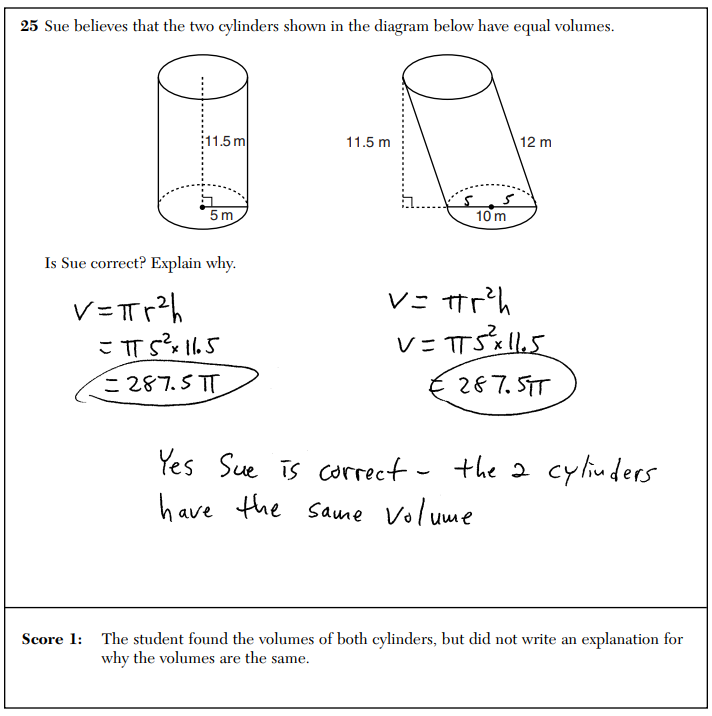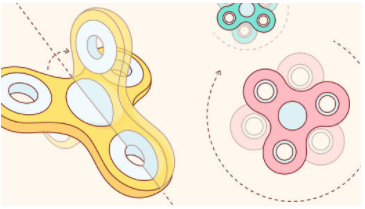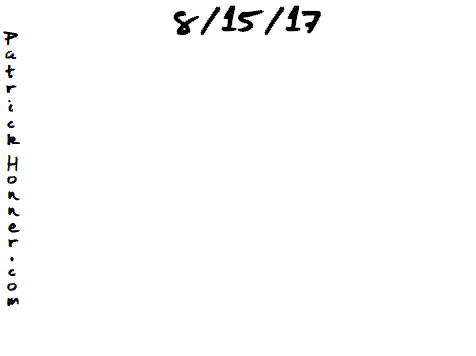 My latest column for Quanta Magazine is about the recent classification of pentagonal tilings of the plane. Tilings involving triangles, quadrilaterals, and more have been well-understood for over a thousand years, but it wasn’t until 2017 that the question of which pentagons tile the plane was completely settled.
My latest column for Quanta Magazine is about the recent classification of pentagonal tilings of the plane. Tilings involving triangles, quadrilaterals, and more have been well-understood for over a thousand years, but it wasn’t until 2017 that the question of which pentagons tile the plane was completely settled.
Here’s an excerpt.
People have been studying how to fit shapes together to make toys, floors, walls and art — and to understand the mathematics behind such patterns — for thousands of years. But it was only this year that we finally settled the question of how five-sided polygons “tile the plane.” Why did pentagons pose such a big problem for so long?
In my column I explore some of the reasons that certain kinds of pentagons might, or might not, tile the plane. It’s a fun exercise in elementary geometry, and a glimpse into a complex world of geometric relationships.
The full article is freely available here.




